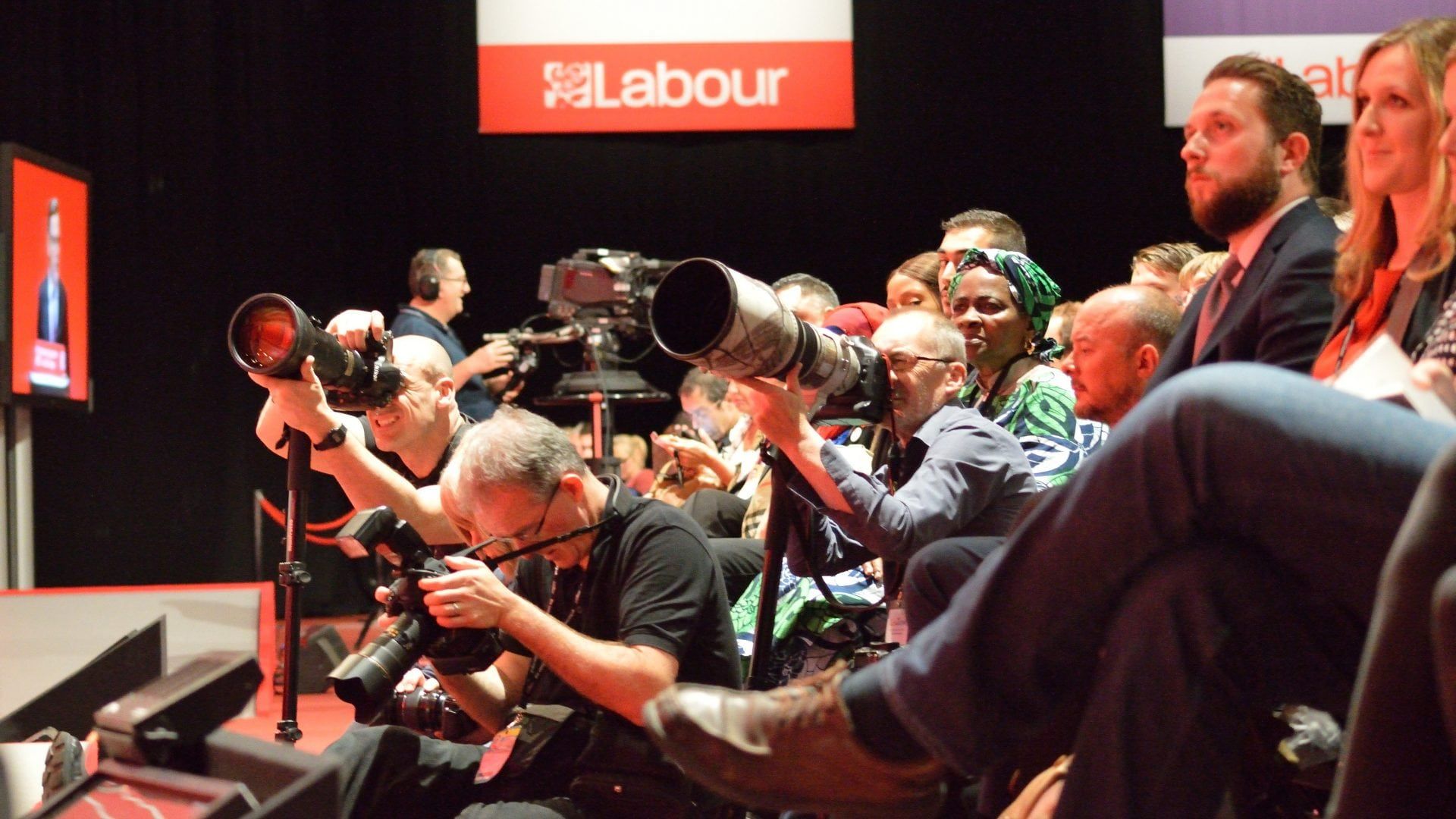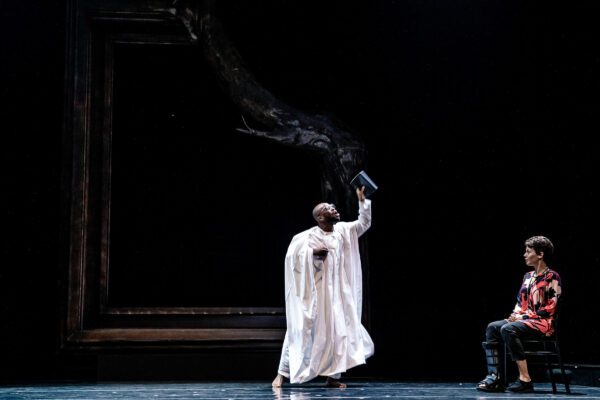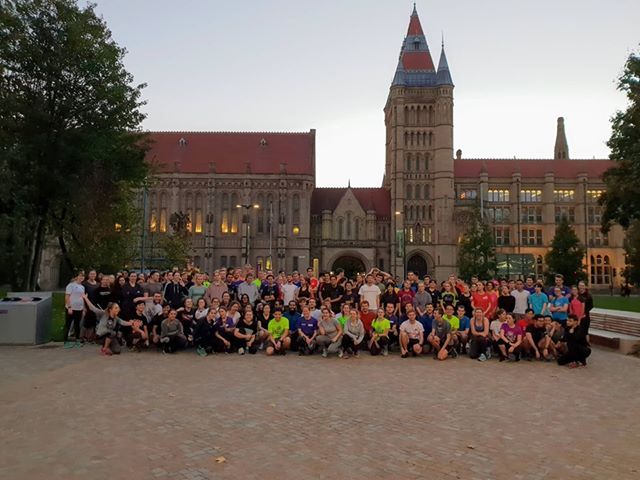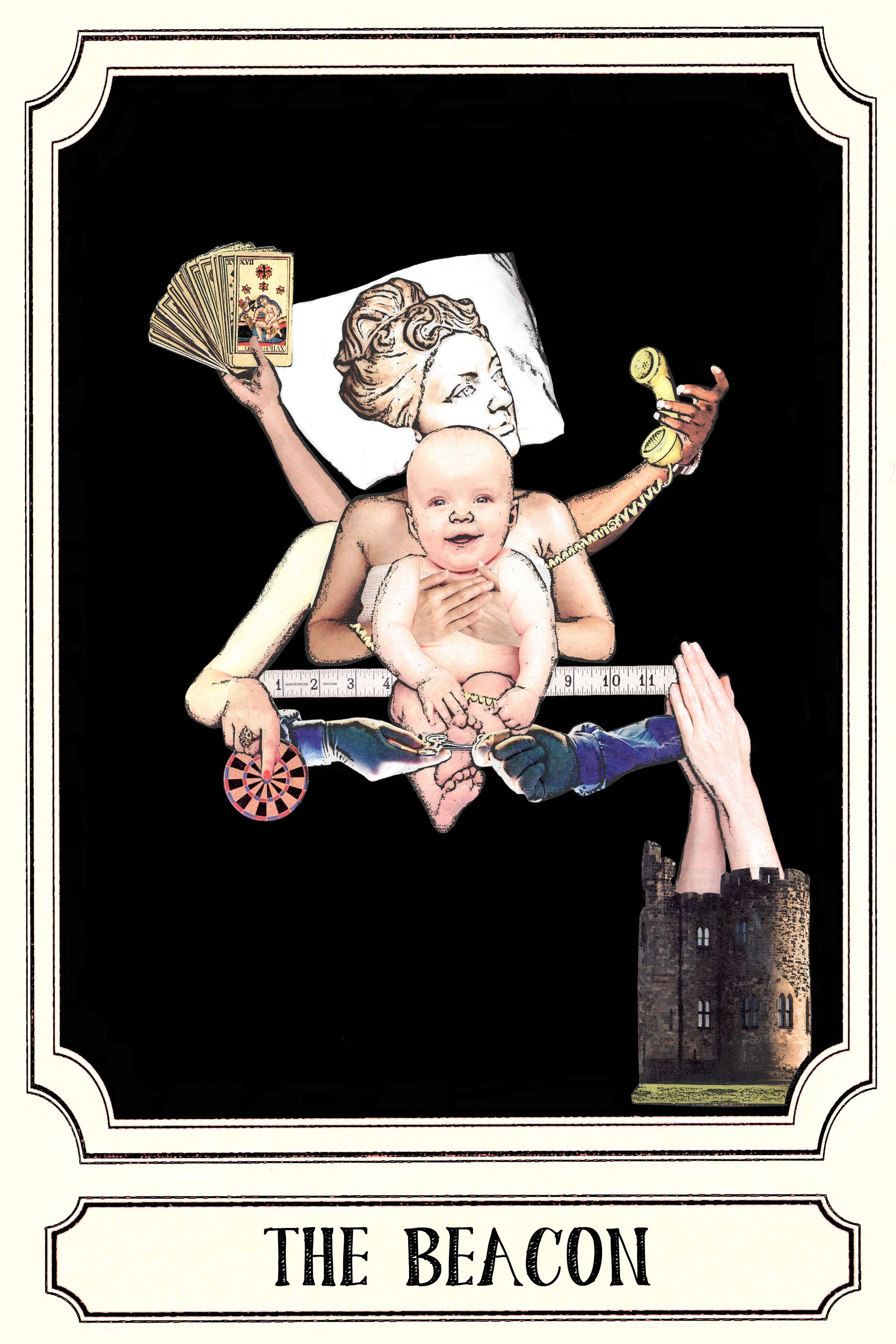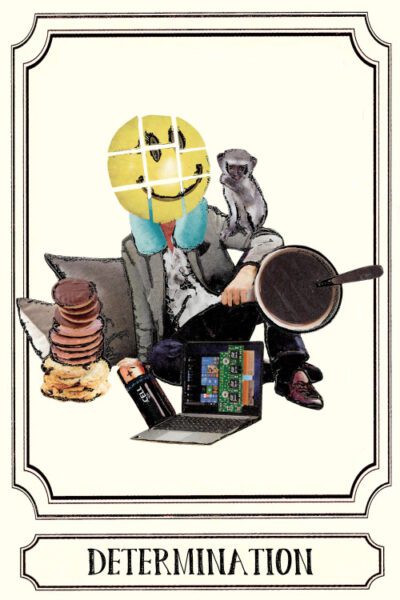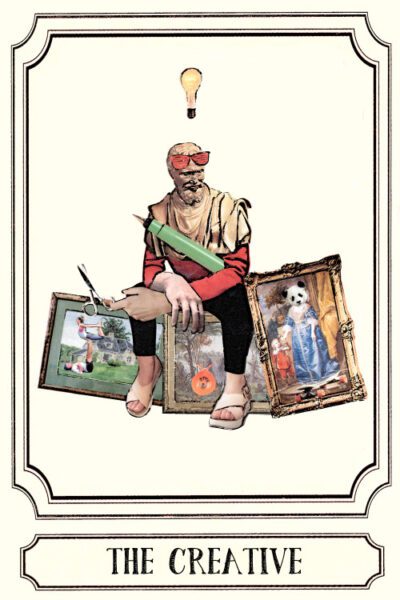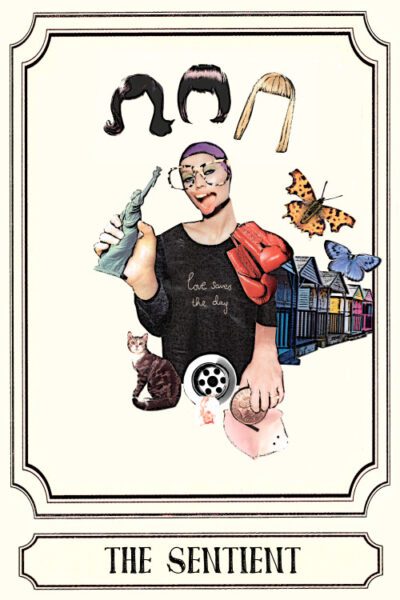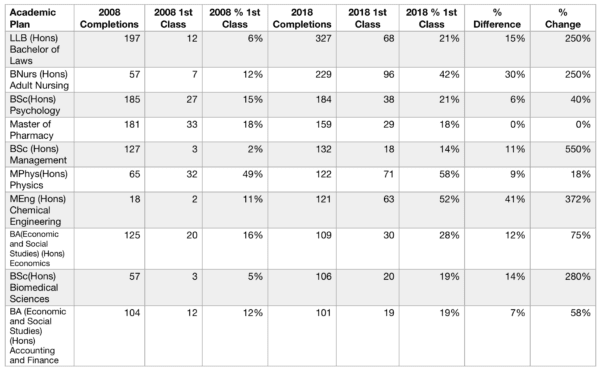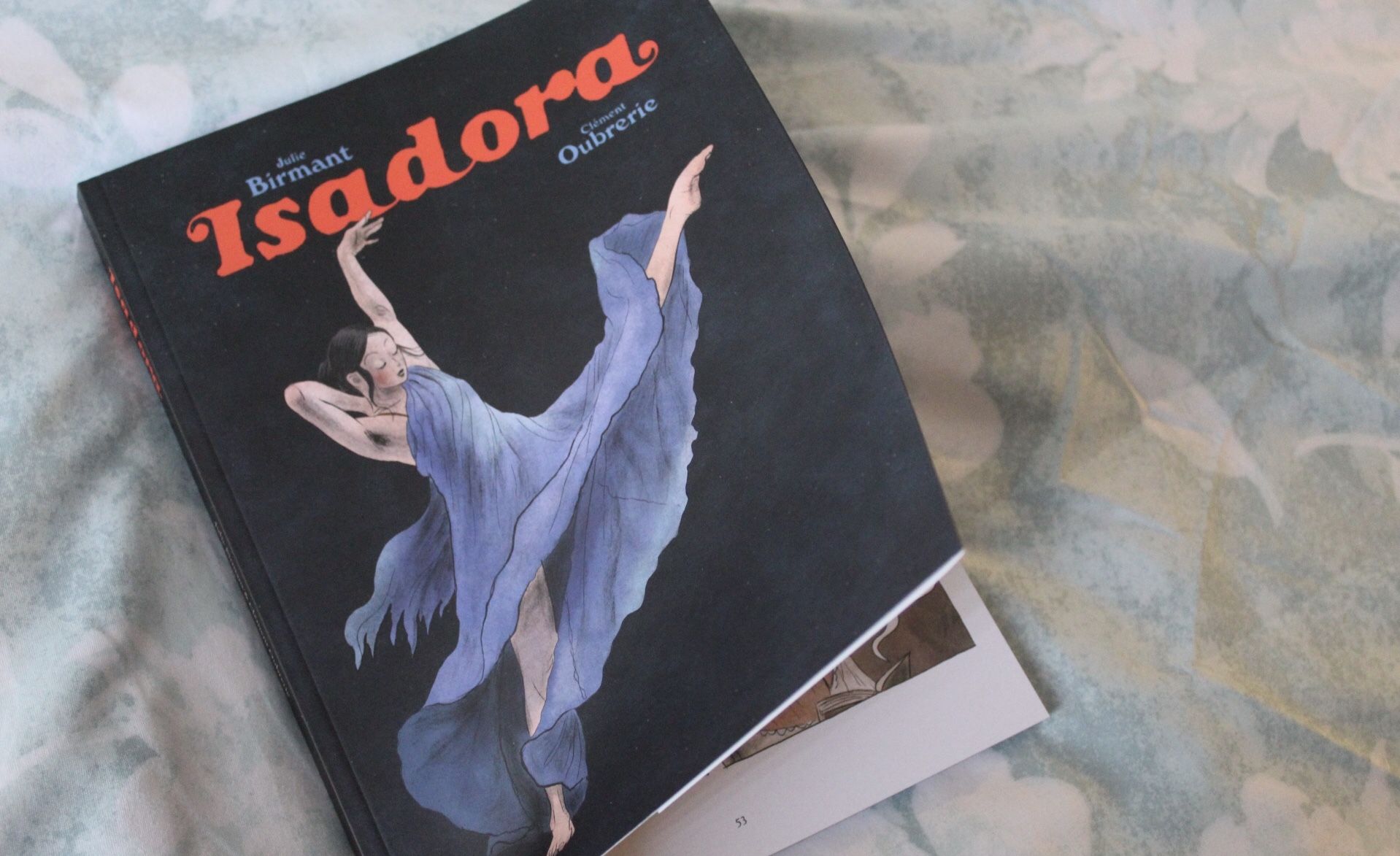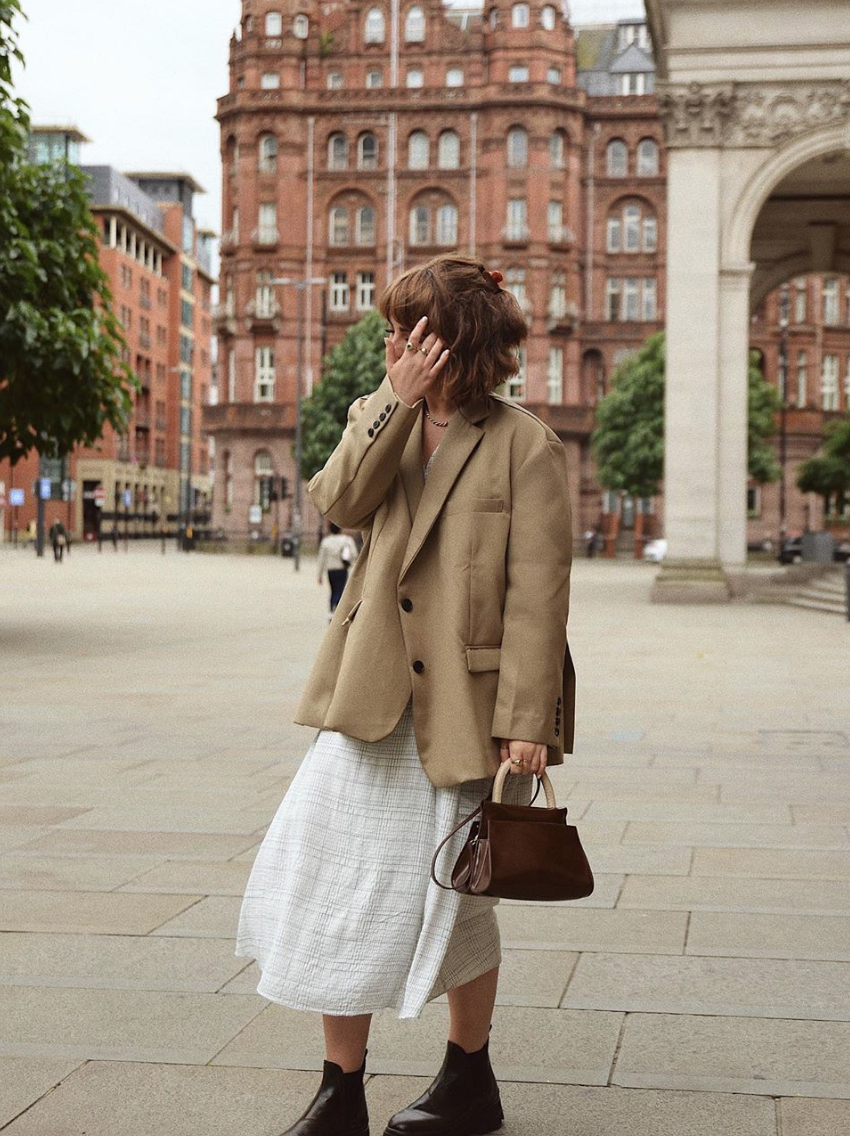While Manchester might feel a million miles away from the fashion capitals, there’s lots of ways to get involved with Fashion Week from the comfort of your own bed, the library or at the back of a lecture theatre. We’re making it easier for you to catch up on all the shows at The Mancunion with our fashion week round ups. Following on from our NYFW round up, here’s our London Fashion Week recap…
Despite LFW’s status as the newest fashion week, with as many big brands as exciting up and coming ones, it’s certainly not one to be missed.
The collections shown throughout the last 5 days were varied and diverse, impossible to summarise in a sentence. What’s more, in contrast to NYFW’s 80s mania, London seemed to be embracing the 70s, with many designers championing pastel colours, where New York showcased neons.
London Fashion Week is renowned for its promotion of up and coming designers. The opening shows on Friday morning exemplified that. Its line up of new brands included 16Arlington, who are already making a name for themselves despite only being in their fourth season, with their glamorous meets grunge designs, and their SS20 collection took inspiration from 60s silhouettes.
Temperley London was the big name featured on Friday’s line-up and their presentation took place at the Temperley store on Bruton Street. The SS20 collection, by eponymous designer Alice Temperley, was distinctly informal compared to the brands usual focus on evening dresses. It featured multiple pairs of paperbag shorts and denim pieces, alongside their classic floral midi dresses, dressed down with flat sandals, belts and straw hats.
Saturday saw the start of the public catwalk shows, making London Fashion Week the first ever fashion week that is open to anyone – or at least anyone with a spare £135 .
The first brand who partook in this experiment was ALEXACHUNG, a relative newcomer to fashion week, although its eponymous founder is a fashion veteran. Chung’s show took place three times throughout the day, another first for fashion week.
Also on the Saturday lineup was Ports 1961, whose colourful collection was full of prints and based around the button up shirt, showing a multitude of ways in which it can be worn and created.
The Marques ‘ Almedia show, taking place right in the middle of the day, had ethics at its heart, with a video of the brand’s female friends imagining what they’d tell their future daughters preceding the show, and a recent sustainable change in the brands production process.
On the topic of sustainability, the brand told Vogue: “We’re on this issue now…Everyone who’s in fashion just has to be.”
The collection itself took their classic denim pieces and made them wider and longer. This oversized silhouette was also present in many other pieces in the collection, especially the outerwear.
Shortly following this was the Molly Goddard show, whose signature pastel-coloured tulle dresses were bigger than ever for SS20. This was accentuated by the narrow runways which meant those sat on the front row were grazed with the fabrics as the models walked past, which made for some very Instagrammable content.
Rejina Pyo’s show brought fashion week back down to earth, or at least as far to earth as fashion week gets, with a fairly neutral colour palette and clothes that could be very easily included in your everyday wardrobe.
The colour palette was interrupted in the middle of the show by a few brighter pieces, including a checked suit made up of reds, yellows, greens and blues, paired with a straw version of her signature Nane bag.
The Rixo ready-to-wear collection was also presented on Saturday night. It felt like more of a party than a presentation – with food stalls, a double-decker bus painted to reflect the collection and music blasting throughout the Woodstock-inspired location. In keeping with this setting, the collection was a 70s dream with psychedelic prints, flowing midis and barely there mini dresses.
Saturday night ended with the Fashion for Relief catwalk, a charity founded by Naomi Campbell in 2005 to support humanitarian causes. As usual, it attracted some of fashion’s biggest names including Anna Wintour, Edward Ennifull and Billy Porter.
The public shows on Sunday’s schedule were House of Holland & Self-Portrait, but the Instagram favourite of the day was the Margaret Howell show, with influencers like Lizzy Hadfield and Brittany Bathgate singing the designer’s praises. The brand’s SS20 collection has also received praise from publications including Vogue, for its ability to “reexamine and reinvent the trench, the shirt, the blazer.” Effortlessly combining womenswear and menswear in a collection that manages to be both timeless and modern, it’s easy to see why Margaret Howell’s SS20 collection has received so much praise.
Shortly following Margaret Howell was Victoria Beckham, whose SS20 collection embraces neon colours with subtlety, mostly through clever layering. After that was Emilia Wickstead whose Little Women inspired collection brings some fun to ‘grown up dressing’ through pastel colours and lots of gingham.
Simone Rocha’s SS20 collection was also shown during Sunday’s busy schedule, distinctive in its use of tulle and layering with each look also coming with either face paint or a head accessory, usually a bejewelled headband.
Phoebe English was one of the last shows of the day, whose press release read: “We Are The Problem and We Are the Solution”, the SS20 collection being a lesson in sustainable fashion.
Monday took LFW outdoors with the ERDEM collection, which suited its location in a London park perfectly, being both regal and romantic. Oversized dresses that were at once structured and oversized were what distinguished the collection with delicate lace and unique prints in each piece.
The JW Anderson show felt just as elegant, perhaps an unusual description for the brand, with a clear focus on tailoring throughout.
The Christopher Kane show followed that afternoon, with the SS20 collection titled “Eco-Sexual”. The collection was littered with prints inspired by nature and the bardot necklines and deconstructed bra attachments signified the sexual element of this collection.
Riccardo Tisci showed his third collection as creative director of Burberry, adopting a fairly neutral colour palette that abandoned the signature Burberry check. The set was fairly simple, an intentional move by Burberry, who announced on Instagram that they were trying to offset their carbon impacts through the build and production of the event.
Richard Quinn ended Monday evening with a pink catwalk and maximalist designs, including a selection of pink floral dresses with feather hoods, worn by a group of school girls.
The final day of London Fashion Week, Tuesday the 17th of September, mirrored the first, in which newer designers were given some room to show their collections. They mainly took place at the BFC Show space and DiscoveryLAB, without all of the attention, from the press and attendees, being focussed on the bigger names of the week. This decision encapsulates the spirit of LFW and its longstanding willingness to embrace new talent that makes the city and its fashion week so exciting and unpredictable.


